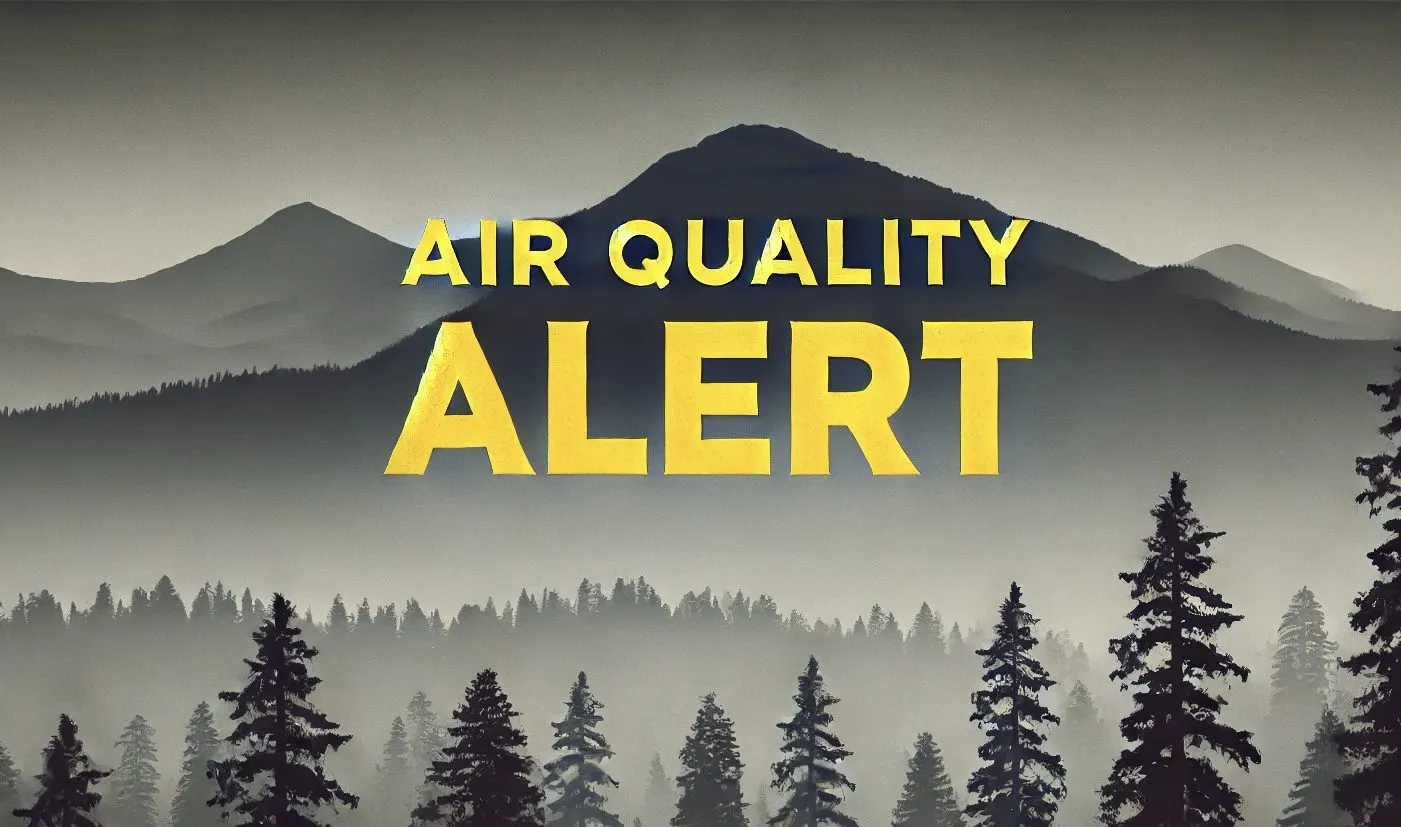Today, residents of eight northeastern Ohio counties will face an invisible but insidious enemy: deteriorating air quality caused by high ground-level ozone levels. The Northeast Ohio Area Coordinating Agency (NOACA) has issued an "Orange Code" warning for Ashtabula, Cuyahoga, Geauga, Lake, Lorain, Medina, Portage, and Summit counties, which will be in effect from midnight Friday to midnight Saturday. This warning is not just a bureaucratic notification but a signal for vulnerable populations to take precautions to protect their health in conditions where the air we breathe may become harmful.
Unlike thick smoke clouds from wildfires that have increasingly darkened the American sky in recent years, the current warning is related to ground-level ozone — a colorless gas formed when emissions from vehicles, industrial facilities, and everyday activities react under sunlight. Hot, humid days with light winds, typical of summer in Ohio, create ideal conditions for the accumulation of this pollutant. According to NOACA, such episodes occur several times each summer, especially in densely populated urban areas where the concentration of cars, factories, and even lawnmowers exacerbates the problem.
Why is this important? For children, the elderly, and individuals with respiratory conditions such as asthma or chronic obstructive pulmonary disease, Saturday's ozone levels can cause difficulty breathing, chest pain, or worsening symptoms. Even healthy people may experience throat irritation or coughing after prolonged outdoor activities. "This is not a day to plan a marathon or mow the lawn," — noted a NOACA representative, urging the public to check the air quality index on airnow.gov.
Insiders in environmental circles point out that the ground-level ozone issue in Ohio is part of a broader picture. Although the state has made significant progress in reducing emissions over the past few decades, urbanization and dependence on automobile transportation continue to fuel periodic pollution spikes. "We see how climate change is amplifying these episodes," — said one air quality expert who wished to remain anonymous. — "Hotter summers mean more days with an 'Orange Code,' and that’s a challenge for local communities."
To reduce health impacts and help the region breathe easier, NOACA offers a range of practical steps: limit car trips, choose bicycles or public transportation, avoid idling engines, and postpone refueling until evening when sunlight activity decreases. The website gohiocommute.com/noaca provides additional resources for those wanting to make their travel more eco-friendly. "Every small step counts," — emphasized the agency’s representative. — "If we all reduce our contribution to pollution, we can return to cleaner air more quickly."
For residents living in shaded suburbs of Cleveland or bustling Akron centers, Saturday will be a test of collective responsibility. The air quality warning is not only a reminder of our environment’s fragility but also a call to action. In a world where climate change increasingly dictates our daily choices, the decision between driving a car or walking can be a small but meaningful victory for community health.



